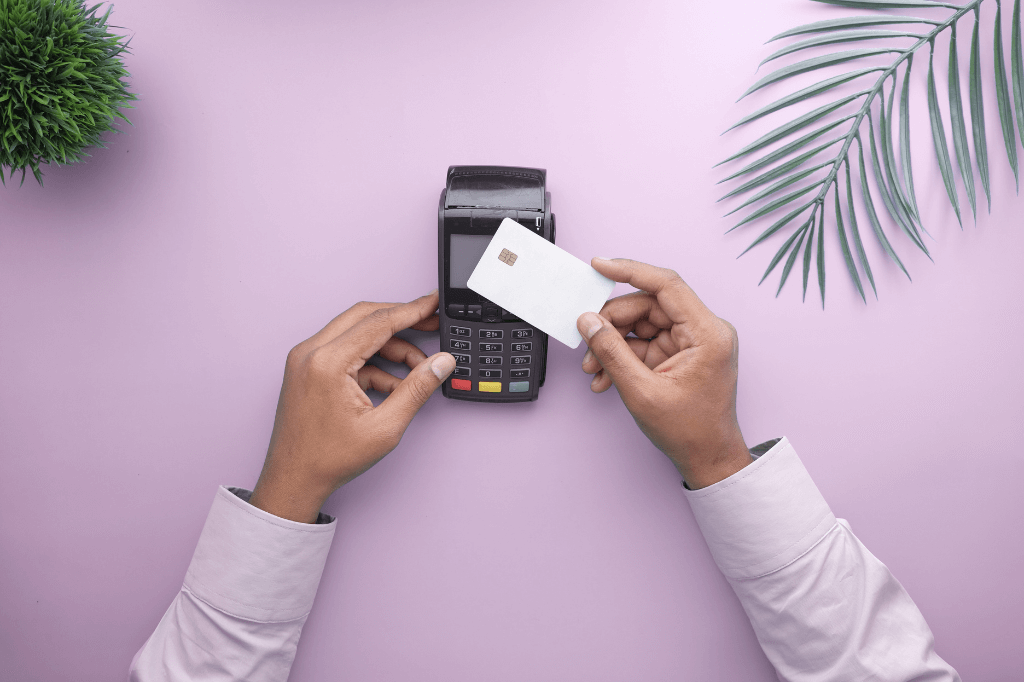To create a successful online store, understanding the attention span of online consumers is crucial. Studies have shown that attention spans can be as short as half a second, emphasizing the importance of effective page design and user-friendly interfaces. By focusing on the following key factors, you can significantly improve your online store’s success:

1. Trust
Imagine walking into a retail store in a mall and finding a mess of clothes, no real structure, no neat placements, and no one to greet you. Usually, you would be walking out pretty quickly.
When online consumers visit an online store, many of them also have no idea what to expect, and they are usually looking for structure and trustworthiness before they can continue a purchase. Three main indicators of consumer trust on a page are:
- Reachability – Clear and concise contact information
- Well-documented and easy-to-reach terms and conditions and refund policy
- Certificates and badges such as PCI compliance or SSL certificates.
2. Payment Methods for online store success
According to the Beymard Institute, almost 70% of consumers abandon the cart at the payment page, this is mainly due to either the lack of trust at that critical moment or the lack of adequate payment options convenient for the consumer, for example, if its only cash on delivery option available. Make sure the common payment methods (Visa, MasterCard, Mada for Saudi, etc) that are relative to your customers are added to the checkout page to increase the chance of a complete transaction at that crucial stage.
3. Item display
A well-designed website with a clear and intuitive flow is crucial for guiding online customers toward making purchases. High-quality images are particularly important for e-commerce websites, as they allow customers to visualize products they can’t physically touch or try. Detailed item descriptions and answers to frequently asked questions can further enhance the customer experience and increase confidence in the purchase decision.
4. Website Flow for a successful online store
A well-structured website with intuitive navigation is essential for keeping online shoppers engaged. Clear sections and categories, especially for larger e-commerce sites, help customers easily find products and avoid frustration. Good website design also improves your site’s Google ranking, providing free marketing benefits.
Some additional things to keep in mind to create a successful online store:
- Clear message on the homepage, don’t keep consumers guessing what you do
- Add a way for visitors to easily reach someone (chat or call) in case they have questions
- Flexible return policies should be well mentioned, it is an advantage
- Placing attractive deals and offers first on the homepage or top of categories
5. Mobile Responsive Design
This is especially critical in the Middle East, where almost 70% of all e-commerce transactions take place through mobile. With such a high number of mobile-first visitors, all sites should be tested for mobile responsiveness and loading times before launching to increase the chance of checkout on the eCommerce page.
Paymennt Shops, our free mobile-optimized e-commerce platform, empowers merchants to create successful online stores. Easily customize your logo, domain name, and shipping details while benefiting from integrated payment gateway solutions
For more information get in touch


